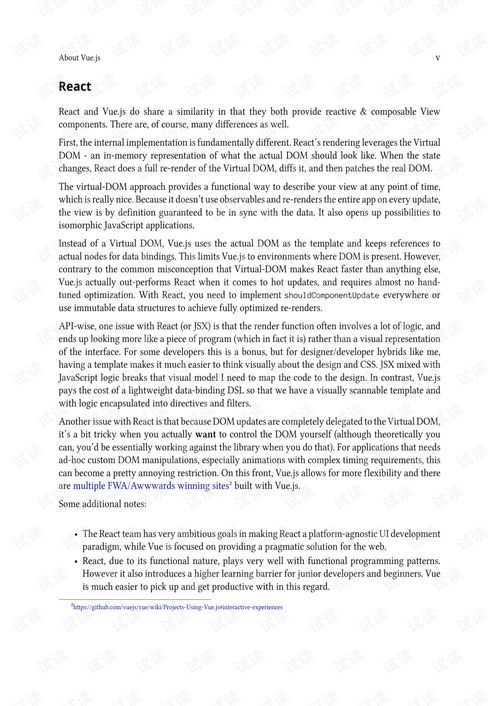Content:
Fishing in stream waters can be an exhilarating experience, offering anglers a chance to connect with nature and test their skills against the dynamic flow of water. Unlike still waters, such as lakes and ponds, stream fishing requires a different approach and a set of specific techniques to ensure success. In this article, we will explore the best practices for fishing in stream waters, including how to read the water, choosing the right equipment, and mastering the art of fly fishing and bait fishing.
Reading the Water
One of the most crucial aspects of stream fishing is the ability to read the water. Streams are constantly changing, and understanding their flow, structure, and habitat is essential for locating fish. Here are some tips for reading the water:
- Observe the current: Determine the speed and direction of the current, as fish tend to congregate in areas with slower flow.
- Look for structure: Rocks, logs, and other obstacles can create feeding lanes and hiding spots for fish. Identify these areas and target them accordingly.
- Identify food sources: Look for signs of insects, baitfish, or other food sources in the water, as they will indicate the presence of fish.
- Pay attention to vegetation: Dense vegetation can provide cover for fish, making it an ideal spot to cast your line.
Choosing the Right Equipment

Selecting the appropriate equipment is crucial for success in stream fishing. Here are some tips for choosing the right gear:
- Rod and reel: Use a lightweight rod and reel designed for fly fishing or spinning. The rod should be flexible and strong enough to handle the weight of your lure or fly.
- Line: For fly fishing, choose a leader material that matches the stream's flow and the type of fish you're targeting. For spinning, use a monofilament line that's strong enough to handle the fish you're aiming for.
- Lures and flies: Match your lure or fly to the type of fish and the available food sources in the stream. Soft plastics, spinners, and streamers are popular choices for both fly fishing and spinning.
Fly Fishing Techniques
Fly fishing is a popular method for stream fishing, and mastering the art can yield impressive results. Here are some key fly fishing techniques:
- Cast: Practice your casting technique to ensure you can reach your target without spooking the fish. Pay attention to the arc of your cast and the placement of your fly.
- Mend your line: As the fly drifts down the stream, mend your line to control the direction and speed of the fly.
- Read the water: Use your knowledge of the stream's flow to predict where the fly will land and adjust your cast accordingly.
- Fish the different layers: Fish can be found in various layers of the water column. Cast your fly into different depths and areas to increase your chances of a catch.
Bait Fishing Techniques
Bait fishing is another effective method for catching fish in stream waters. Here are some bait fishing techniques:
- Locate the fish: Identify the fish you're targeting and determine their preferred feeding spots. Cast your bait to these areas and adjust your presentation as needed.
- Adjust your rig: Use the appropriate bait and rigging to match the fish's feeding habits. Soft plastics, live bait, and artificial lures can all be effective.
- Be patient: Bait fishing often requires patience, as fish may take time to notice your bait. Keep your rod in a relaxed position and wait for a strike.
In conclusion, fishing in stream waters can be a challenging but rewarding experience. By mastering the art of reading the water, selecting the right equipment, and refining your techniques, you'll increase your chances of success. Whether you prefer fly fishing or bait fishing, take the time to practice and refine your skills, and you'll be well on your way to becoming a stream fishing expert.












